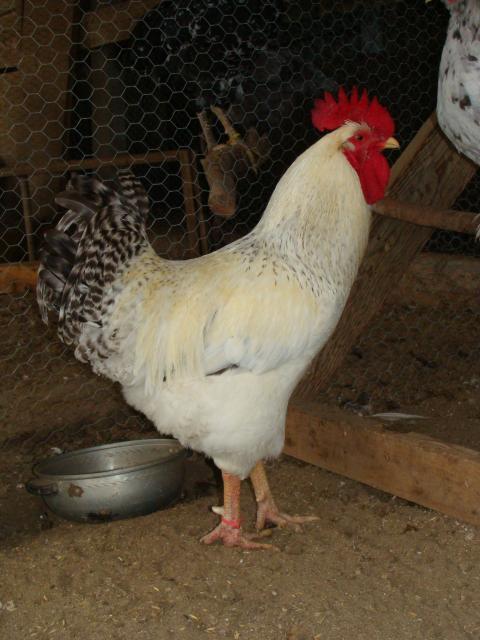Quote:
I dont know enough to help you very much, but I can tell you I have read enough from the experts to know you will get in a lot more trouble with out crossing than you will if you stay to close genetics. Read and ask the wise one's and don't assume that close breeding is going to hurt you.
I have given some birds to close friends that I trust will continue with the genetics that I have and if I need to loosen up a bit I can go get something from them that is same line or strain but not daughter, brother etc.
Keep asking dont assume is my only advise
I dont know enough to help you very much, but I can tell you I have read enough from the experts to know you will get in a lot more trouble with out crossing than you will if you stay to close genetics. Read and ask the wise one's and don't assume that close breeding is going to hurt you.
I have given some birds to close friends that I trust will continue with the genetics that I have and if I need to loosen up a bit I can go get something from them that is same line or strain but not daughter, brother etc.
Keep asking dont assume is my only advise







